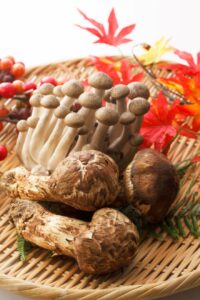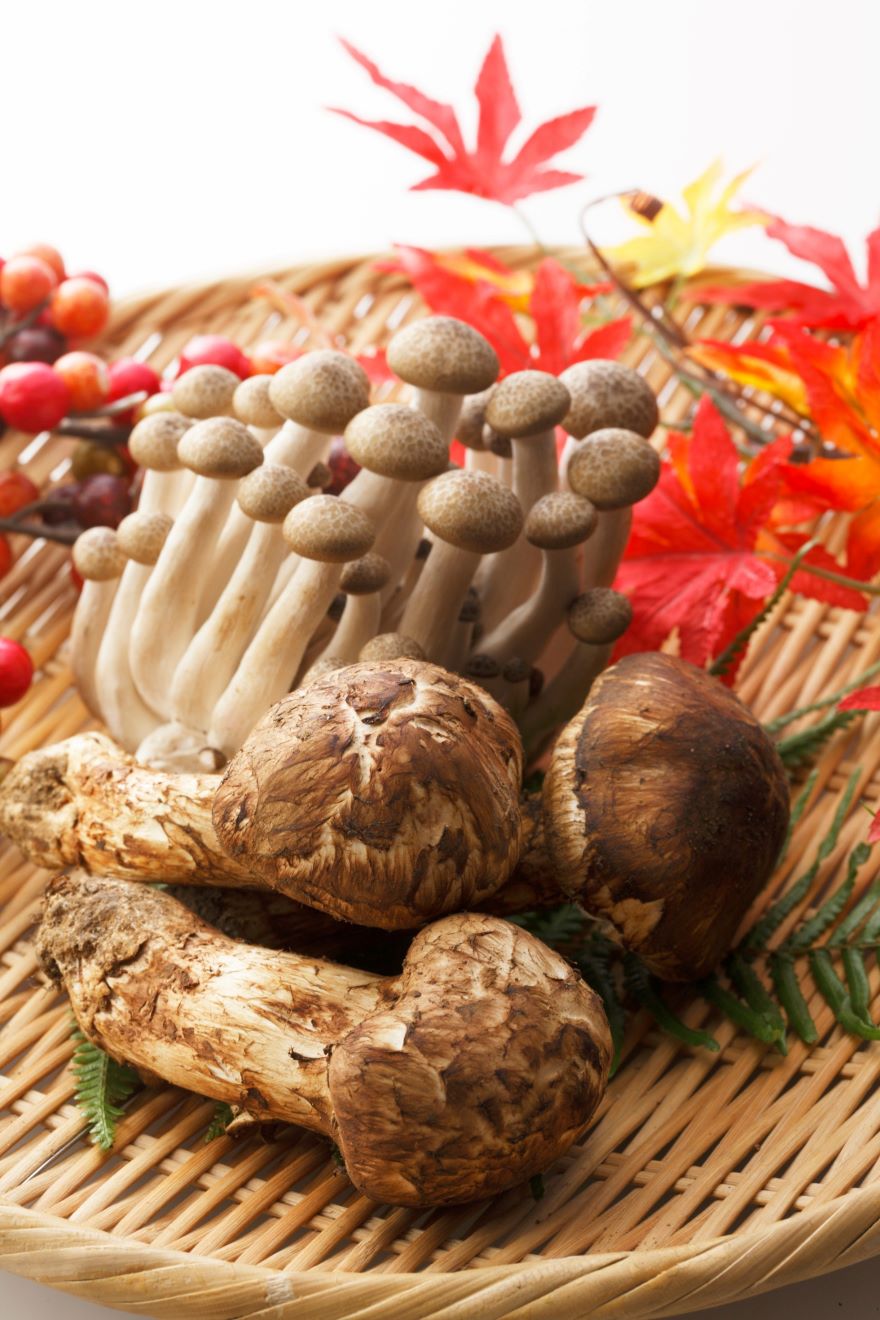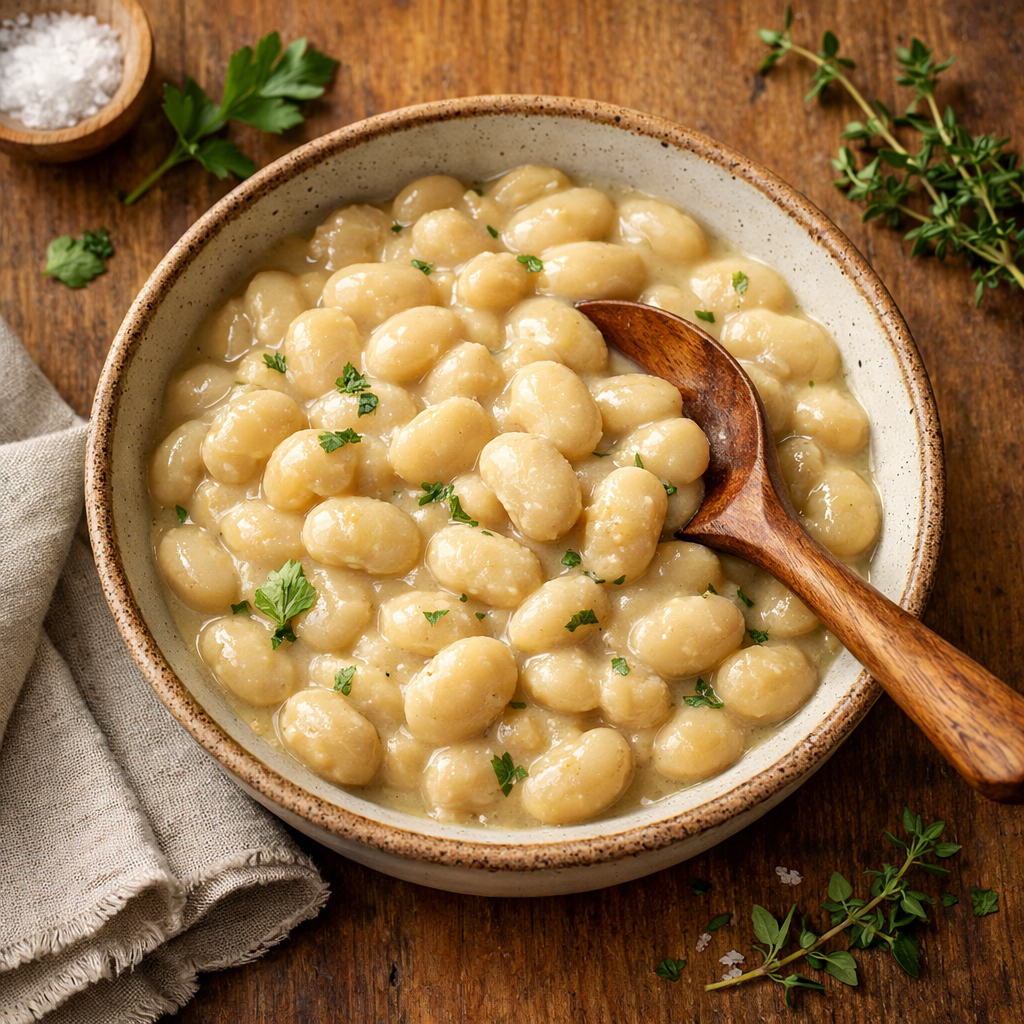Matsutake mushrooms are a prized edible variety that can be found in East Asia, northern Europe, and North America. Known for their distinct spicy-aromatic odor and earthy, spicy flavor, these mushrooms are highly sought-after in the culinary world, particularly in Japanese cuisine. They usually grow in the wild, making them quite challenging to find, and adding to their allure.

In Japan, matsutake mushrooms hold a special place in the culinary and cultural landscape. Not only are they used in traditional dishes, but they are also often presented as gifts during the fall season. Foraging for matsutake mushrooms is a popular activity in many parts of the world, and those who are successful in finding them get to enjoy their unique taste while also reaping their potential health benefits.
Key Takeaways
- Matsutake mushrooms are valued for their distinct aroma and flavor, making them a sought-after ingredient in many cuisines.
- Foraging for these mushrooms can be challenging but rewarding, as they can be found in various parts of the world.
- In addition to their culinary uses, matsutake mushrooms may offer health benefits due to their nutritional value.
The Allure of Matsutake Mushrooms
A Cultural and Gastronomic Delight
Whenever I think about the culinary treasures of Japan, I can’t help but marvel at the magic of Matsutake mushrooms. These highly sought-after mushrooms are mainly associated with Japan’s fall season, even though they grow in parts of Asia and the western United States. For me, Matsutake mushrooms embody an authentic Japanese gastronomic experience that combines centuries-old culinary traditions with unique flavors and aromas.
In Japan, matsutake mushrooms hold a special place, particularly in Kyoto, where they enjoy the status of a cultural and gastronomic treasure. Their prized umami flavor adds depth and deliciousness to a wide range of dishes, from soups and stews to rice and tempura.
Distinctive Aroma and Flavor Profile
Matsutake mushrooms aren’t just a distinctive gastronomical marvel in Japanese cuisine; they have a truly unique flavor and aroma profile. Known for their earthy, spicy flavors, and described as having nuances of cinnamon and pine, matsutake mushrooms leave an indelible impression on my palate. They have a thick, fibrous white flesh that’s as visually appealing as it is delicious.
For me, the allure of matsutake mushrooms is found in their:
- Rarity: Their scarcity due to the disappearing habitat in Japan adds to their mystique.
- Unique Taste: Bold flavors combined with a complex aroma profile sets them apart.
- Versatility: Their distinctive umami taste enhances a variety of dishes.
I often find myself captivated not just by the taste of matsutake mushrooms, but also by the stories and cultural associations that accompany this remarkable fungus. Whenever I have the opportunity to savor these treasures from the Japanese culinary world, I seize it, knowing that it’s a special and elusive treat.
Habitats and Foraging
The Diverse Ecosystems of Matsutake Mushrooms
When I first began learning about matsutake mushrooms, I discovered that they thrive in a variety of ecosystems, particularly pine and coniferous forests. Also known as Tricholoma matsutake, these mushrooms form a mycorrhizal relationship with their host trees, making them an important part of the forest ecosystem. Matsutake mushrooms thrive in various regions worldwide, including China, Korea, Finland, Sweden, the Washington coast, Northern California, Idaho, and Oregon in the United States.
In my journey to better understand matsutake mushrooms’ habitats, I came across interesting information about their relationship with pine trees. The decline of these trees, often due to deforestation, has unfortunately contributed to the red-listing of Tricholoma matsutake in many countries. It showed me the importance of preserving these ecosystems, as both the trees and the mushrooms depend on each other for survival.
Foraging Techniques and Sustainability
As I began foraging for matsutake mushrooms, I realized how important it is to employ sustainable techniques to ensure their continued existence. One of the key aspects of responsible foraging is understanding the ecology of the mushrooms. For example, the growth pattern of matsutake mushrooms teaches us that they can sometimes abound, coexisting with other fall mushrooms like shrimp of the woods and hen of the woods.
While learning about the cultivation of these highly-prized mushrooms, I found this fascinating study which taught me that Tricholoma matsutake forms ectomycorrhizal (EM) relationships. This means that these mushrooms exchange nutrients with their host trees through a network of fungal filaments, highlighting the delicacy of their relationship within the forest ecosystem.
In light of this information, I adopted a few best practices for foraging matsutake mushrooms sustainably:
- Leave no trace: Enter and exit the forest without disturbing the natural habitat of the mushrooms and their host trees.
- Take only what you need: Harvest a limited number of mushrooms, allowing others to grow and mature, ensuring their continued existence in the ecosystem.
- Avoid damaging the mycelium: Carefully remove mushrooms without causing damage to the delicate, interconnected network of mycelium that supports them.
By following these techniques and respecting the diverse habitats and ecology of matsutake mushrooms, we can not only enjoy their unique flavor but also ensure that they remain a thriving part of the forest ecosystem for generations to come.
Culinary Uses and Recipes
Classic Japanese Dishes with Matsutake
When I think of traditional Japanese cuisine, I find that Matsutake mushrooms play an important role, especially in autumn dishes. One of the best ways to enjoy the unique flavor of these pine mushrooms is by making Matsutake Gohan. In this dish, I cook the mushrooms with rice in a rich dashi broth, allowing the earthy, spicy flavors to infuse the rice. Another sumptuous treat I prepare is Matsutake Sukiyaki; a savory hot pot dish combining thinly sliced beef, tofu, and an assortment of vegetables including matsutake mushrooms in a delightful soy sauce-based broth. The mushrooms also pair beautifully with clear broths, which highlights their delicate flavors, perfect for dishes such as Matsutake soup.
Innovative Cooking Methods
To bring out their natural flavor and aroma, I enjoy using a variety of cooking techniques with Matsutake mushrooms. Some of my favorite methods include:
- Grilling: I brush the mushrooms with a mixture of oil, soy sauce, and mirin, then grill them to enhance their flavors. Grilling truly brings out the unique aroma of these mushrooms. Find a simple and delicious recipe here.
- Sautéing: I like to sauté sliced Matsutake mushrooms with garlic and ginger, creating a quick and flavorful side dish.
- Steaming: When I prepare dishes like chawanmushi, a Japanese steamed egg custard, adding Matsutake mushrooms provides an extra layer of earthiness and textures.
Pairing Matsutake with Other Ingredients
To fully appreciate the distinct taste of Matsutake mushrooms, I find that experimenting with various flavor combinations is key.
Here are some ingredients I particularly enjoy pairing with Matsutake:
- Dashi: The umami-rich broth often used in traditional Japanese cooking enhances the mushrooms’ natural flavors.
- Soy sauce: Adds depth and a little saltiness that complements the earthiness of the mushrooms.
- Mirin: A sweet Japanese rice wine that balances the strong, spicy notes of Matsutake.
As I experiment with different recipes, I always remember to make the mushrooms the star of the dish, and let their unique aroma and flavor combinations shine.
Preservation and Storage of Matsutake Mushrooms
Proper Techniques for Preserving Freshness
In my experience, properly storing and preserving matsutake mushrooms is essential to maintain their delicate flavor and texture. To keep these unique mushrooms fresh, I store them in the refrigerator at a temperature between 34-38°F. I prefer to use paper bags or containers with lids to store the mushrooms, as plastic bags or containers can cause them to become damp and spoil.
When I find myself with extra matsutake mushrooms, I often turn to freezing or drying to extend their shelf life. Freezing matsutake mushrooms is relatively straightforward. Here is a simple step-by-step process:
- Clean the mushrooms gently.
- Slice them into desired sizes.
- Blanch them quickly in boiling water before placing them in an ice bath to stop the cooking process.
- Pat them dry and freeze them in a single layer.
- Once frozen solid, transfer the mushrooms to a freezer-safe container or bag for long-term storage.
Extending the Life of Matsutake in the Kitchen
I have found that using dried matsutake mushrooms can be a delicious alternative to fresh ones. They still exhibit their earthy, spicy aromas and flavors, making them great for various dishes. To dry matsutake mushrooms, I follow these steps:
- Clean the mushrooms and thinly slice them.
- Arrange them on a baking sheet or dehydrator tray, making sure not to overcrowd them.
- If using a dehydrator, set the temperature to 125°F and dry for 8-10 hours, or until completely dry and crisp. In an oven, place the tray in the oven set at the lowest temperature with the door slightly ajar for good airflow. Monitor the drying process and remove the mushrooms when they are fully dried.
Once I have my dried matsutake mushrooms, I store them in an airtight container in a cool, dark place for extended storage. You can rehydrate these dried mushrooms by soaking them in warm water for 10-15 minutes before adding them to your recipes.
By preserving and storing my matsutake mushrooms properly, I can enjoy their unique flavors for an extended period, both in fresh and preserved forms.
Health Benefits and Nutritional Value

As someone who’s researched Matsutake mushrooms, I found that they offer an array of health benefits and contain significant nutritional value. These mushrooms are an excellent source of protein which is essential for maintaining muscle mass and overall health. Moreover, they are rich in dietary fiber, which can aid digestion and help to maintain a healthy gut.
Matsutake mushrooms also contain a compound called glutamic acid, which gives them their unique, umami flavor. This amino acid has been known to play a vital role in brain function, metabolism, and even serve as a neurotransmitter. Additionally, these fungi pack vitamins and minerals, such as potassium, which can contribute to a healthy heart and fluid balance in the body.
Research has shown that Matsutake mushrooms have potential health benefits, such as immune system support, making them beneficial in preventing and fighting infections. Some of the compounds found in Matsutake mushrooms display anti-inflammatory, and anti-cancer properties, adding to their appeal as a healthy food choice.
In my exploration of the effects of Matsutake mushroom scent compounds, I learned they have potential influence on tyrosinase and melanoma cells. This might be of interest for further studies in medical applications.
I also found that Matsutake mushrooms are associated with specific root-associated bacteria, which influence their mycelial growth and could play a role in their harvesting. This information might offer valuable insights for future sustainable production and preservation of this fungi species.
All in all, Matsutake mushrooms offer delicious flavor, valuable nutrients, and an array of health benefits, making them a highly sought-after delicacy and a worthy addition to a healthy diet.
Frequently Asked Questions

How can you identify authentic matsutake mushrooms?
I have found that you can identify authentic matsutake mushrooms by examining their color, smell, and appearance. Authentic matsutakes are typically white with brown stains, sometimes appearing old or grubby. Their distinctive spicy, organic smell is also a key identifier, setting them apart from other mushrooms species. The Matsutake Mushroom Guide contains valuable information for accurate identification.
What are the best practices for cleaning matsutake mushrooms?
When it comes to cleaning matsutake mushrooms, my method consists of gently brushing off any dirt or debris with a soft brush or a damp cloth. I avoid rinsing them under water since it can cause them to become waterlogged and affect their texture. Here’s a helpful guide on Matsutake Mushrooms which offers more detailed cleaning instructions.
Can matsutake mushrooms be frozen for preservation, and if so, how?
Yes, you can freeze matsutake mushrooms for preservation. What I usually do is clean and slice the mushrooms first, then lay them out on a paper towel to remove any excess moisture. After that, I place them in an airtight container or a tightly-sealed freezer-safe bag before storing them in the freezer. This method helps maintain their quality, texture, and flavor for future use.
What contributes to the high cost of matsutake mushrooms?
The high cost of matsutake mushrooms stems from their rarity, specific growth requirements, and cultivation difficulties. They are highly sought after, especially in parts of Asia, for their unique aroma and robust flavor. These factors contribute to their high price in the market.
What culinary uses are matsutake mushrooms best suited for?
I have discovered that you can use matsutake mushrooms in various dishes, such as soups, stews, rice dishes, and stir-fries, to let their unique flavor and aroma shine through. One popular preparation method is grilling, which enhances their natural flavors.
Why is it challenging to cultivate matsutake mushrooms commercially?
Cultivating matsutake mushrooms commercially is quite challenging due to their specific requirements for growth. They grow in a symbiotic relationship with certain tree species, thrive in specific environments, and are sensitive to changes in their habitat. Here’s a Beginner’s Guide with more information on growing matsutake mushrooms, which highlights the complexities and challenges faced by cultivators.

*We may earn a commission for purchases made using our links. Please see our disclosure to learn more.



